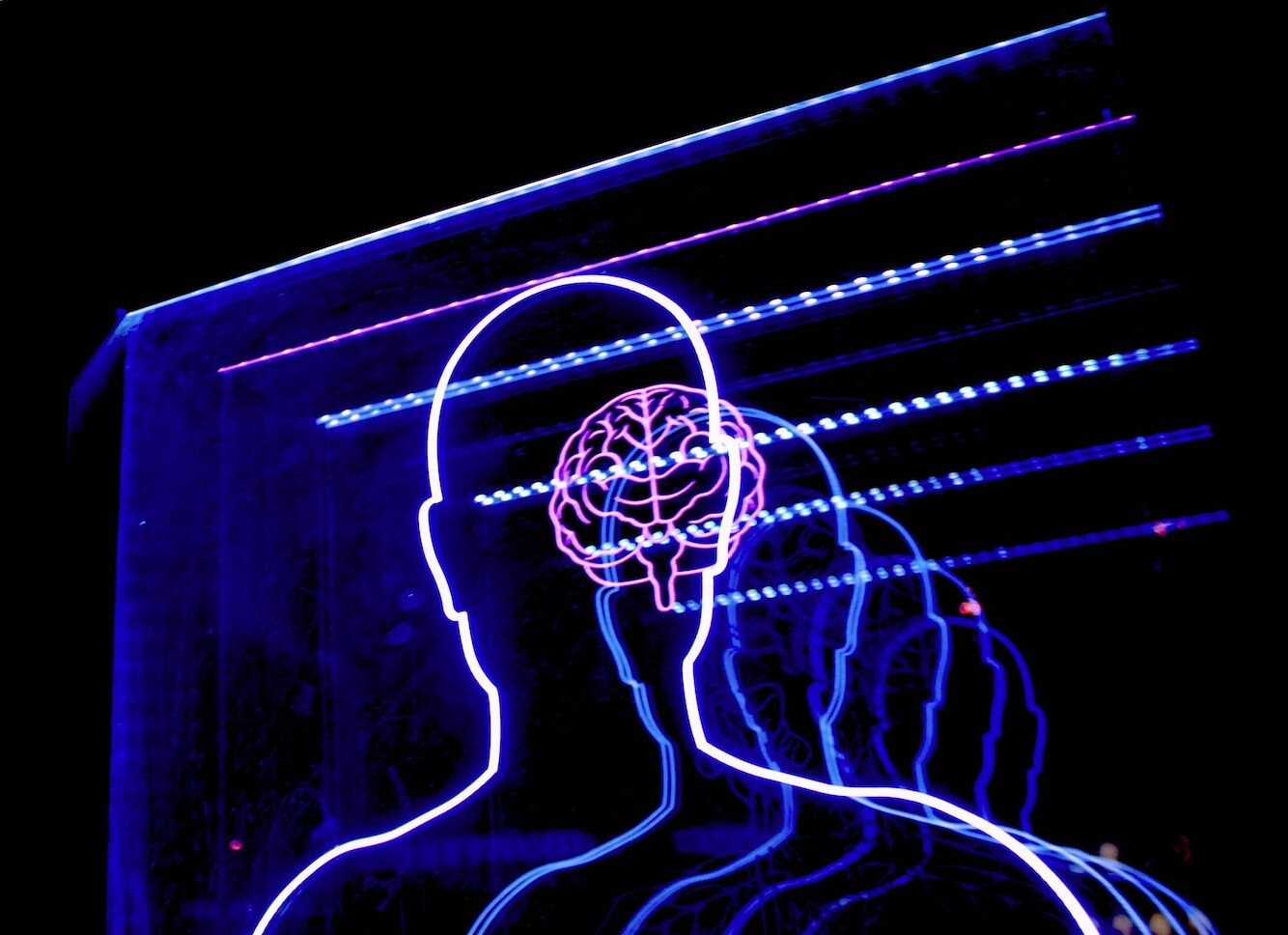The formula that predicts the exit from the coma

Until now there were only a few clinical parameters capable of predicting the probability of recovery of consciousness in a patient in a coma, but now a team from the Irib and Iasi Institutes of the Cnr in collaboration with the S. Anna Institute of Crotone has created a model mathematician can provide much more information. All the details
To date, there are some clinical parameters that indicate what the probability of recovery of consciousness of a patient in a coma may be, but it is not possible to know exactly what the clinical course of each one will be. Now, however, a mathematical model developed by a team of researchers has managed to do it.
The study was published in Scientific Reports .
THE TEAM
The research coordinated by the Institute for biomedical research and innovation of the National Research Council of Messina (Cnr-Irib) and by the Institute of Systems Analysis and Informatics of the National Research Council of Rome (Cnr-Iasi) was carried out thanks to the data collected from a study conducted by the S. Anna Institute of Crotone and other national clinical centres.
THE TARGET
The data have allowed, for the first time, to create an innovative mathematical model capable of characterizing and predicting the clinical outcomes of patients with severe acquired brain injuries coming out of the coma state.
“In the cases of people affected by serious acquired brain injuries, although there are some internationally accepted clinical parameters that indicate what the probability of recovery of consciousness might be, it is not currently possible to know exactly what the clinical course will be for each individual patient: hospitalizations hospitalizations, both for resuscitation or neurosurgical interventions, and for subsequent rehabilitative interventions, can last for weeks or months”, explained Francesca Lucia Lucca, primary doctor of the Awakening Unit of the S. Anna Institute of Crotone.
THE PATIENTS
The research examined the clinical data of 156 patients with severe acquired brain injury (GCA), i.e. extensive brain damage mainly of traumatic or vascular origin, such as to determine a coma condition that can last for short or long periods of time.
The mathematical model made it possible to predict the "trajectories" of clinical outcomes for each individual patient.
“The patients involved in the study – said Lucca – were hospitalized in intensive rehabilitation facilities distributed throughout the country: of these, most had vascular damage (50.6%), followed by traumatic pathologies (36%). and anoxia (9.6%)”.
THE ANALYSIS AND PREDICTION FOR EACH PATIENT
“For each one – added the head physician -, data relating to the clinical condition were collected at the time of admission to rehabilitation and during the entire period of hospitalization up to their discharge: on discharge, about 3% had died, 61.1% had had a complete recovery of consciousness, while 36% remained in a vegetative or minimally conscious state".
Precisely the analysis of the clinical condition throughout the time interval of hospitalization has made it possible to model its evolution through a mathematical equation: "For the first time, the evolutionary trajectories of the state of consciousness of patients have been characterized from a mathematical point of view , going so far as to predict the recovery of the patients' brain functions or, in the worst cases, the degree of disability”, clarified Simona Panunzi, researcher at the Cnr-Iasi.
THE RESULTS
The methodological approach used made it possible to identify a set of variables which, summarized in a descriptive index of the subject's state of consciousness, made it possible to predict the clinical outcome of the patients with an accuracy of 85%.
"The interesting fact is that, three months after hospitalisation, the outcome of patients with a positive outcome clearly differed from those with a negative outcome", concludes Antonio Cerasa, a researcher at the Cnr-Irib. “Having a greater amount of data recorded throughout the clinical course of patients admitted to neurorehabilitation centers available, we could soon provide a useful computational system to support medical personnel, with continuously updated information on how current treatments can divert trajectories of clinical outcomes”.
This is a machine translation from Italian language of a post published on Start Magazine at the URL https://www.startmag.it/sanita/la-formula-che-fa-previsioni-uscita-dal-coma/ on Sat, 03 Jun 2023 05:42:29 +0000.
